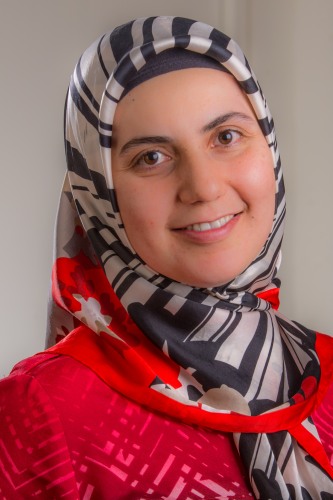
Habibe Kurt, MD
Awards
Advance-CTR Pilot Projects Program (Cycle 6)
"Predicting hypomethylating agent response in myeloid neoplasm with rna sequencing"
Multi-PI: Sean Monaghan, MD
Myeloid neoplasms have a high incidence in the elderly (>60 years old). The patients who are not suitable for intensive chemotherapy are treated with hypomethylating agents (HMAs) due to their survival benefit and modest toxicity. However, about 50% of the patients have no clinical benefit from HMA therapy (primary resistance), and at least 4 to 6 cycles of treatment are required to adequately assess the response. In addition, patients showing initial response may develop resistance (secondary resistance), and survival of patients with refractory/relapsed disease is 4 to 6 months. Tremendous effort has been put forth to identify biomarkers associated with HMA treatment resistance; however, no robust clinical toolbox has been introduced.
The objective here is to discover unique RNA splicing signatures associated with treatment resistance by utilizing RNA sequencing (RNA-seq). Our long-term goal is to improve the overall survival rate of patients with high risk myeloid neoplasms by discovering biomarkers predicting HMA response; henceforth, providing additional targets for therapeutics. To do this, we will collect peripheral blood and bone marrow aspirate samples from healthy controls as well as HMA responders and non-responders obtained at different time points: before the initiation of HMA therapy (for Aim 1) and after the HMA therapy in the settings of clinical response, primary resistance, and secondary resistance (for Aim 2). RNA-seq, bioinformatics, and biostatistical analysis will be performed. We will first identify aberrant alternative splicing (AS) events associated with myeloid neoplasms by comparing control samples with their neoplastic counterparts.
We expect to discover unique aberrant AS events associated with HMA resistance in the pretreatment settings (Aim 1, comparison of pretreatment samples obtained from HMA responders and non-responders) as well as during the course of treatment (Aim 2, comparison of post-treatment samples) by hierarchical analysis. We also believe that the entire RNA-signature of each individual sample is of critical importance. RNA splicing entropy is a tool that calculates how far the AS landscape of a specific set of samples from that of a randomly selected one. Here, it will be used to distinguish HMA responders from non-responders before and during the HMA therapy. Our work needs to be validated in a larger prospective study to introduce RNA splicing analysis as a clinical tool to robustly evaluate patients for HMA treatment response.